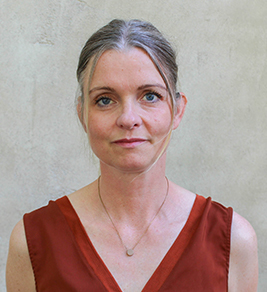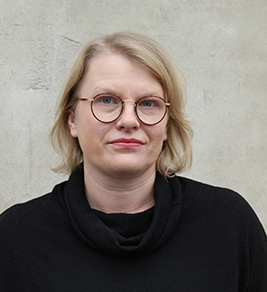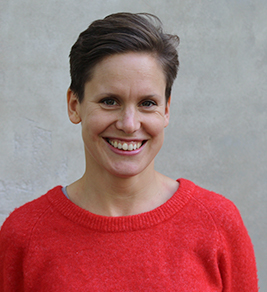This report examines how Nordic governments and municipalities seek to overcome barriers to social inclusion and to counteract inequality and segregation through policy and urban planning.
Overcoming barriers to social inclusion is understood as the desire to improve the terms on which different individuals and groups take part in society through urban policy and planning while counteracting the negative effects of inequality. Examples of policy and planning initiatives to create more inclusive cities and communities can be found in all the Nordic countries.
However, inclusion is a multifaceted issue and the specific challenges, and approaches to dealing with these challenges, vary among the countries and cities. To capture this diversity, this report examines five different thematic and geographical cases detailing strategies for inclusion from different perspectives in varying contextual settings.
This report is the result of work done for the thematic group Sustainable Cities and Urban Development. The group focuses on: 1) social sustainability and gender equality; 2) spatial planning; 3) urban qualities in small and medium-sized cities, and the urban-rural relationship; and 4) the growth and development of Arctic cities. Within these broad themes the group decides what activities to conduct, and the researchers involved are responsible for the results.






